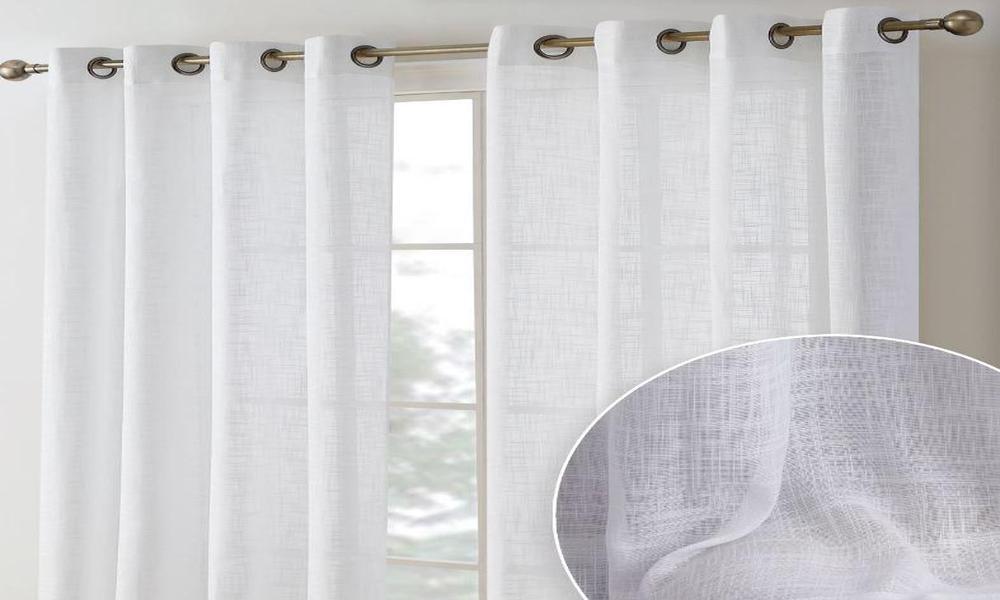
Yes, linen curtains can be used in other areas of the home, including as room dividers. Linen is a versatile fabric that can complement various interior styles and add a touch of elegance and texture to a space. Here are a few considerations for using linen curtains as room dividers:
Privacy and Light Control: Consider the level of privacy and light control you desire for the divided space. Linen curtains provide a moderate level of privacy while still allowing some natural light to filter through. If you need more privacy or light-blocking capabilities, you can choose lined or layered linen curtains or opt for thicker linen blends.
Size and Length: Determine the size and length of the linen curtains based on the dimensions of the space you want to divide. Measure the height and width of the area to ensure that the curtains adequately cover the desired space. Floor-length curtains can create a more dramatic effect and offer better visual separation.
Style and Design: Consider the overall style and aesthetic of the room when choosing linen curtains as room dividers. Linen curtains come in various colors and textures, allowing you to find options that blend harmoniously with the existing decor or make a statement as a focal point.
Linen curtains can be a beautiful and functional choice for room dividers, offering a combination of privacy, light control, and aesthetic appeal. By considering the factors mentioned above, you can successfully incorporate linen curtains into your home as versatile and stylish room dividers.
Are there any considerations for choosing linen curtains for humidity areas, such as bathrooms or kitchens?
When choosing linen curtains for humidity-prone areas like bathrooms or kitchens, it’s important to consider their durability and maintenance. Here are some considerations to keep in mind:
Moisture Resistance:
Linen curtains are generally not inherently moisture-resistant. Linen is a natural fabric that can absorb moisture, which may lead to mildew or mold growth if not properly cared for. However, you can find linen curtains that are specially treated or blended with synthetic materials to enhance their moisture resistance.
Lining or Backing:
Consider choosing linen curtains with a moisture-resistant lining or backing. This additional layer can help protect the linen fabric from direct exposure to moisture, prolonging its lifespan and minimizing the risk of mold or mildew formation.
Proper Ventilation:
Ensure that the bathroom or kitchen has adequate ventilation to minimize excessive moisture buildup. Good ventilation helps to reduce the humidity level in the room and prevents moisture from accumulating on the curtains.
Maintenance:
Regular maintenance is crucial for keeping linen curtains in humid areas in good condition. Periodically remove the curtains and gently shake them to remove any dust or debris. If the curtains are machine-washable, follow the manufacturer’s instructions for cleaning. If not, spot clean stains or hand wash the curtains as necessary. Proper drying is essential to prevent moisture retention and potential mold growth.
Remember that even with proper care, linen curtains may still require more frequent cleaning and maintenance in humid areas compared to other rooms. Be attentive to signs of moisture accumulation and take prompt action to address any issues to ensure the longevity and hygiene of your linen curtains.




